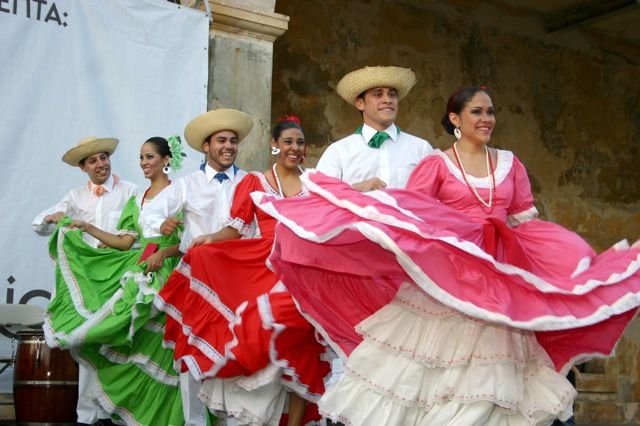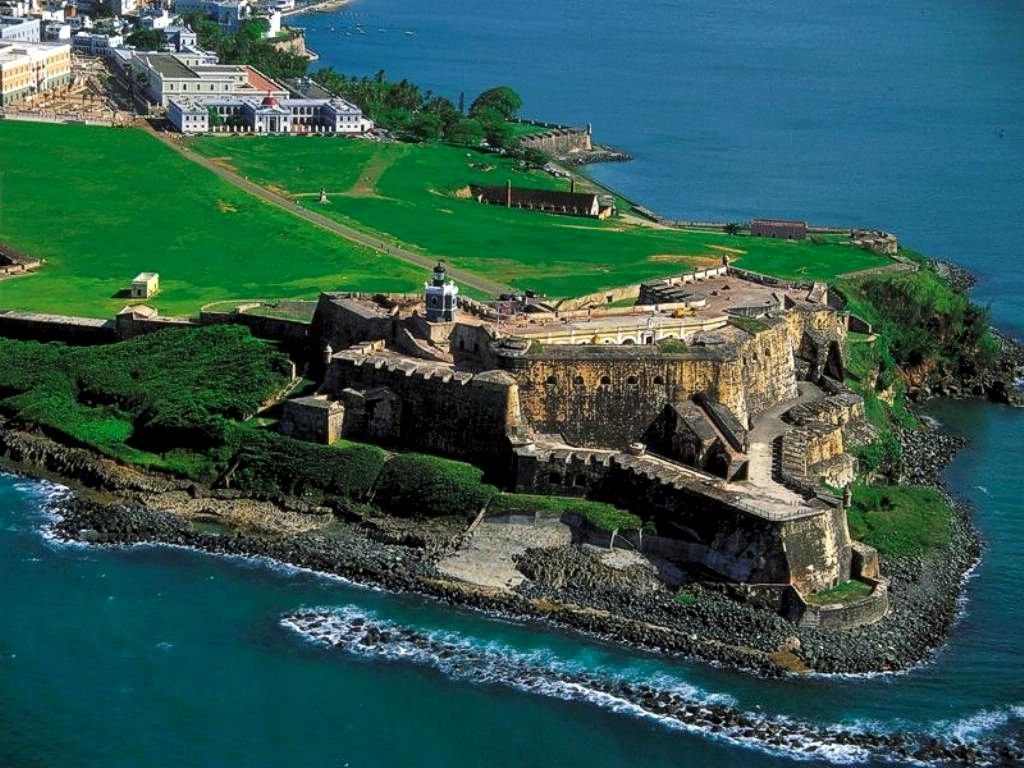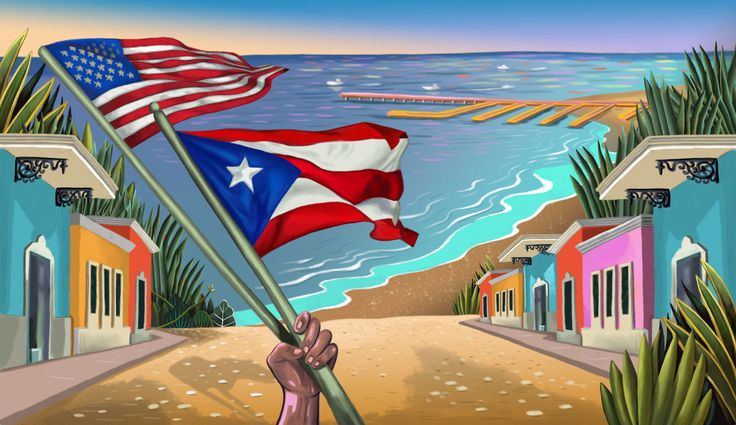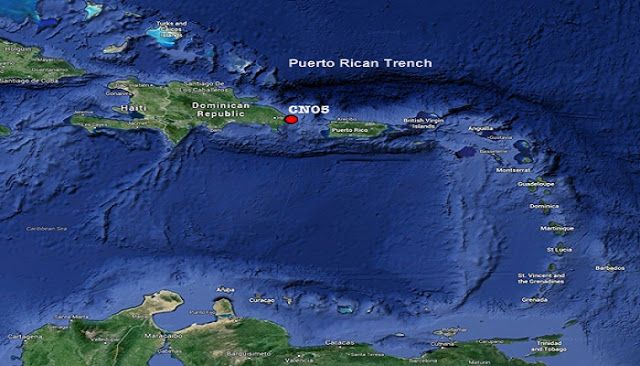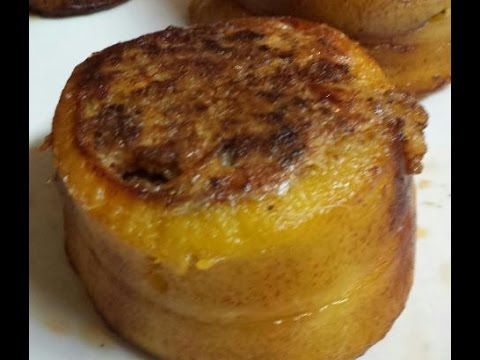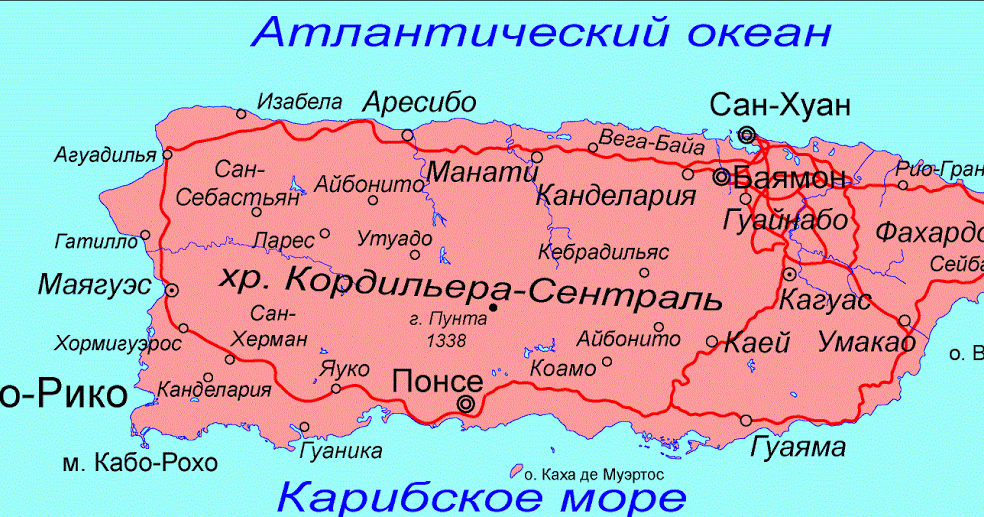Pionono de puerto rico: Pionono Puertorriqueño, Sabor con Tradicion Boricua
Piononos Boricuas – Mexican Appetizers and More!
Published: Modified: by Cathy Leave a Comment
Piononos or Piononos Boricuas (Stuffed Sweet Plantains) are savory pockets or rolls stuffed with carne molida (picadillo) and topped with a cheesy blanket of yummy gooeyness!
In Puerto Rico, as in many other parts of Latin America, you never run out of ways to cook plantains! As we see in this savory dish of piononos.
What are Piononos Boricuas or Piononos de Puerto Rico?
This savory concoction is built around vertically sliced plantains that are first fried (or baked), then rolled and stuffed with a delicious filling of carne molida (picadillo) and topped with cheese.
This dish is commonly found all around the island and eaten as a snack, appetizer, lunch or served alongside rice and beans.
Very similar to pastelon, another amazing Puerto Rican plantain dish, you can easily and quickly make these at home.
So, if you have never had Piononos de Puerto Rico but love plantains, I can promise you, you are truly in for a delicious treat!
Ingredients to Make Piononos
- 3 ripe yellow plantains
- carne molida
- shredded cheddar or monterey jack cheese
- 2 eggs lightly beaten
- oil for frying
- toothpicks to hold piononos together
Note: When choosing the plantains for this recipe, it is important to use plantains that are yellow with just a few black spots and not plantains that are too ripe. Plantains that have mostly black skin will not be able to hold the beef filling. So choose plantains that are yellow with a few black spots on the skin to produce the best piononos recipe.
How to Make Piononos Boricuas
Begin with making a batch of savory carne molida beef filling. Follow link for recipe.
After making your filling, you can now begin working with the plantains.
- Using a knife, cut the ends of the plantains.

- Gently score the plantains lengthwise with the knife and cut through the skin without cutting into the flesh.
- Gently pry the skin with your finger tip at one end and running it down the banana to peel skin.
- Slice the plantains vertically into thin slivers as pictured below.
- Add about half an inch of vegetable or corn oil to a skillet over medium heat.
- Fry plantains on both sides until golden brown. Drain on paper towels.
- Allow plantains to cool for a few minutes.
- Form plantains into pinwheels and secure with a toothpick.
- Lightly beat two eggs and set aside.
- Preheat oven to 400 degrees Fahrenheit.
- Fill the center of each pionono pinwheel with the beef filling and press down lightly.
- Using a spoon, drizzle beaten egg on top of each pionono. This will help keep the meat filling together.
- At this point, you can either top each pionono with cheese or leave as is if you prefer your piononos without it.

- Using a spatula, carefully lift each pionono and place in a greased baking sheet or casserole.
- Bake piononos for 15 minutes until heated through and cheese has melted.
Carefully remove toothpicks and serve.
What to Serve Piononos Boricuas With
- Serve alone
- Alongside avocado slices
- With tossed salad
- A side of vegetables
- Alongside arroz blanco (white rice) and habichuelas guisadas (Puerto Rican stewed beans)
Can You Premake Piononos Ahead of Time?
You sure can!
First Method
You can assemble piononos (without cheese) ahead of time and place in the refrigerator until ready to cook.
When you’re ready to cook, top with cheese and place in a 400 degree oven for 20 minutes or until fully heated through.
Second Method
You can fully assemble and cook piononos, cover and refrigerate.
When ready to eat, simply place in a 400 degree oven for 20 minutes to heat through.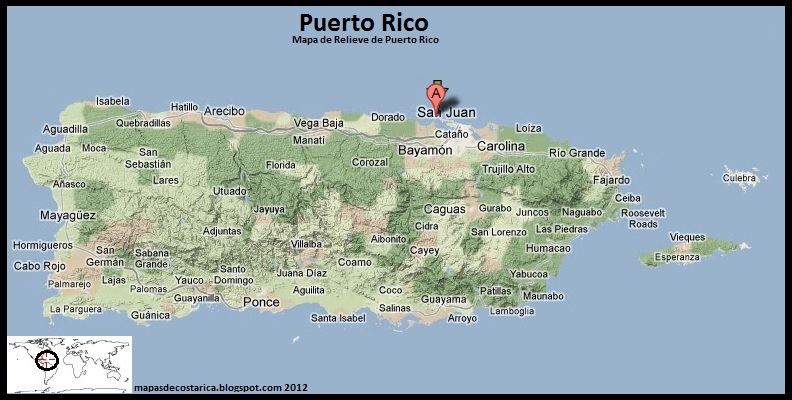
Can You Fully Bake Piononos?
Yes! Although, I prefer to first fry the plantain slices and then bake the piononos for the final stage, you can fully fry or fully bake these from beginning to end.
You will find full instructions for both methods below in recipe card.
What Other Dishes Can I Make with Plantains?
Although there are a thousand ways to cook with plantains, here are a two other dishes you are sure to love!
Mofongo con Camarones (Green garlic plantain mash filled with plump succulent shrimps in a salsa criolla sauce. One of the most delicious dishes you will ever eat!)
Bolon de Verde (Small plantain balls made with green plantains and stuffed with cheese. Excellent for breakfast, snack or party dish)
- ▢ 3 ripe plantains (yellow with a few black spots) peeled
- ▢ carne molida recipe
- ▢ shredded cheddar or monterey jack cheese
- ▢ 2 eggs lightly beaten
- ▢ oil for frying
- ▢ toothpicks to hold piononos together
Carne Molida (Puerto Rican Picadillo)
Plantains
Using a knife, cut the ends of the plantains.

Gently score the plantains lengthwise with the knife and cut through the skin without cutting into the flesh.
Gently pry the skin with your finger tip at one end and running it down the banana to peel skin.
Slice the plantains vertically into thin slivers.
Add about half an inch of vegetable or corn oil to a skillet over medium heat.
Fry plantains on both sides until golden brown.
Drain on paper towels.
Note: Do not overcrowd skillet or plantain slivers will be too soggy and hold excess oil.
Allow plantains to cool for a few minutes.
Form plantains into pinwheels and secure with a toothpick.
Lightly beat two eggs and set aside. Preheat oven to 400 degrees Fahrenheit.

Fill the center of each pionono pinwheel with the beef filling and press down lightly.
Using a spoon, drizzle beaten egg on top of each pionono. This will help keep the meat filling together.
At this point, you can either top each pionono with cheese or leave as is if you prefer your piononos without it.
Using a spatula, carefully lift each pionono and place in a greased baking sheet or casserole.
Bake piononos for 15 minutes until heated through and cheese has melted.
Carefully remove toothpicks and serve.
Method for Baking Plantains Slices
Preheat oven to 400 degrees.
Spray a baking sheet with cooking spray and lay plantain slices in a single layer.
Lightly spray plantain slices and bake for about 10 minutes before turning over.
Continue baking for another 10 minutes or until plantain slices are slightly golden brown.
Proceed with the same exact steps as above from starting from step 3 through 11.

When choosing the plantains for this recipe, it is important to use plantains that are yellow with just a few black spots and not plantains that are too ripe. Plantains that have mostly black skin will not be able to hold the beef filling. So choose plantains that are yellow with a few black spots on the skin to produce the best piononos recipe.
Serving: 6g | Calories: 322kcal | Carbohydrates: 29g | Protein: 16g | Fat: 17g | Saturated Fat: 6g | Polyunsaturated Fat: 1g | Monounsaturated Fat: 7g | Trans Fat: 1g | Cholesterol: 108mg | Sodium: 75mg | Potassium: 671mg | Fiber: 2g | Sugar: 13g | Vitamin A: 1088IU | Vitamin C: 16mg | Calcium: 25mg | Iron: 2mg
Tried this recipe?Click the stars above or below to rate or leave a comment down below!
Don’t forget to PIN it!
Reader Interactions
Pionono puertorriqueño de carne {al horno}
Pionono puertorriqueño de carne, una de las tantas formas en las que se emplea el plátano en los platos de la llamada cocina criolla.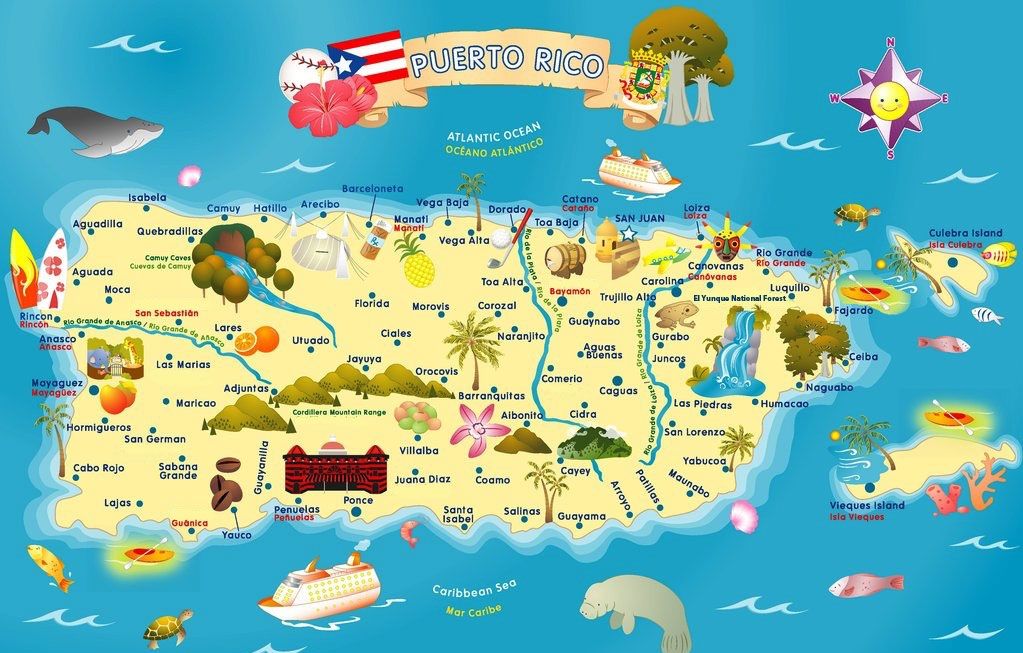
IR A LA RECETA
Sabía que en algún punto tendría una receta puertorriqueña en el blog, y el momento ha llegado. Pero por casualidades de la vida, mientras escribo esta entrada, estamos todos con los pelos de punta, en vísperas de la llegada del Hucarán Irma (categoría 5) a ;esta isla y las predicciones no son muy buenas 😱, pero siempre confiando en lo mejor.
La cocina puertorriqueña es muy variada y rica; eso si, no es una comida para ponerse a dieta ni de carácter vegetariano; abundan los sofritos y frituras, es rica en carbohidratos, en la que no pueden faltar el arroz y habichuelas guisada con calabaza, que siendo una comida en si misma, es el acompañante preferido para pollo, chuleta frita y cualquier otro tipo de comida.
Son representativos de la comida de esta país, el mofongo, las viandas con bacalao (adopción de los inmigrantes canarios), los pastelones, guineítos en escabeche, arroz con pollo, arroz mamposteado, la chuleta frita y cualquier otra preparación con cerdo, entre muchas otras.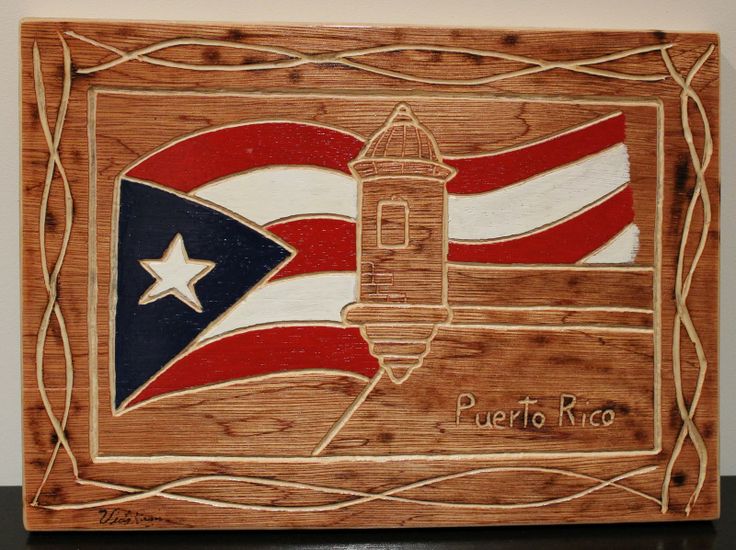 De postres los preferidos son el flan y el famoso bizcocho mojadito.
De postres los preferidos son el flan y el famoso bizcocho mojadito.
Recuerdo que la primera vez que vine a Puerto Rico, comí un mofongo con camarones que estaba de rechupete, y mientras lo esperaba, degustaba un rico mojito, también un poco para pasar el susto de volar en avión.
Te puede interesar: Pastel de polvorosa de pollo
Uno de los ingredientes muy usados en la cocina local es el plátano (macho) tanto verde como amarillo, y lo emplean de mil maneras; una de esas es el pionono.
El pionono consiste básicamente en una tajada de plátano maduro frito, que se forma en un rollito y se rellena con algún picadillo de carne, aunque también puede hacerse con pollo, se agrega un batido de huevo para sellar ambos lados y evitar que el relleno se salga, y se coloca queso para gratinar; es delicioso el contraste de sabores dulces y salados en esta receta.
Conocí esta delicia de plato en un paseo a las playas de Piñones, donde además quedé encantada con las alcapurrias y bacalaítos; estas frituras se venden en pequeños quioscos a orilla de la carretera y son el perfecto tentempié mientras nos damos un chapuzón en la playa.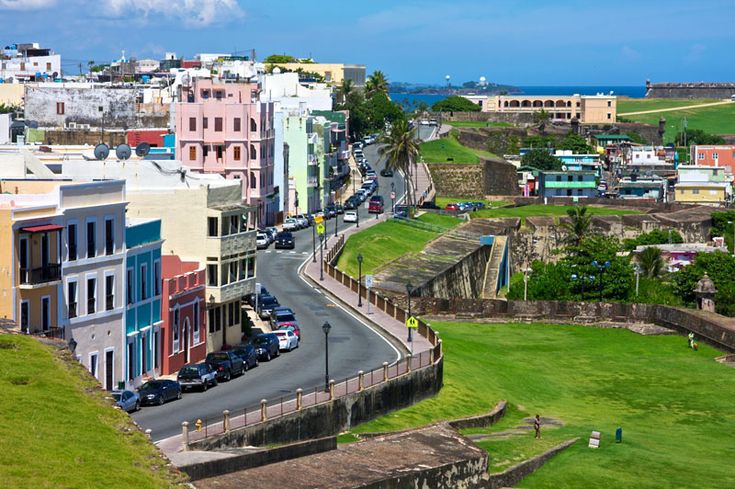
Te puede interesar: Cómo hacer sofrito puertorriqueño
Felíz semana de Pascuas para todos!! Alcapurrias at the beach 🌴 Ayer sólo tome el cel para un par de fotos de la playa en Piñones. Probé las delicias de la cocina puertorriqueña, alcapurrias, bacalaitos, pionono y dulce de coco. Cuando visito algunos lugares de esta isla encuentro mucho parecido a paisajes en Venezuela y eso hace que no me sienta tan extranjera.
Una publicación compartida de Angelica Berrios (@bizcochosysancochos) el
Como me gustó tanto, estaba buscando la ocasión para hacerlo aquí en casa. Me ha extrañado mucho que al ser un plato tan rico; estos piononos no se ofrezcan en los restaurantes, o al menos no en alguno de los que he ido hasta ahora.
Tradicionalmente se hace frito, pero me ha parecido más práctica la idea de hornearlo porque así es menos engorroso armarlos y además nos ahorramos parte de la fritanga.
Les he dejado el procedimiento para hacer el relleno de carne, pero realmente pueden usar la receta de su preferencia, eso si, debe ser un guiso seco para que los líquidos no se escapen; yo he agregado un par de hojas de acelga picadas que tenía en mi nevera y quería darle salida ante esta eventualidad en la que estamos, aunque esto es opcional (ya les digo que aquí no son de mucho vegetales). Así mismo, he agregado queso suizo en la base que también quería terminar y realmente le queda super bien.
| Preparación de los ingredientes para el pionono |
| Armado del pionono en molde de muffins para llevarlo al horno |
Apunta la receta
Pionono salado, receta tradicional de Puerto Rico que se prepara con tajadas de plátano maduro frito relleno con un picadillo de carne o pollo y se corona con queso para gratinar; tradicionalmente se hace frito, pero esta versión al horno es mucho más práctica.
GUARDAR RECETA
Tiempo de preparación:
Tiempo de cocción:
Cantidad: 8 porciones
Ingredientes
Cuéntame ¿qué comidas de Puerto Rico has probado?
¡Buen provecho y que tengas lindo día! 😘
Angélica.
Encuéntrame en Pinterest, Facebook e Instagram
Manuel de Falla. The Paris period and “4 Spanish Pieces for Piano”
A short trip to Paris turned into a seven-year period of the composer’s work. We will learn about the works created in France and see who influenced them.
This is part of the interactive lessons prepared by the Level One educational platform in collaboration
with the largest Russian experts.
Another 500 lessons in 15 areas, from history
and architecture to health and cooking at levelvan. ru/plus
ru/plus
view all lessons
Author of the lesson
Lyalya Kandaurova
Violinist, leading ten author’s courses in classical music, author of the book “Half an hour of music”
In 1907, another drastic change takes place in the life of Manuel de Falla. He goes to Paris. Let’s talk about the Parisian period of the composer’s life.
🇫🇷 Initially, it was not supposed to be a very long trip, less than a month. But it so happened that de Falla stayed in Paris for 7 whole years, and he left only during the First World War.
🏫 As we have already said, Madrid, despite being a large city with a rich cultural life, still remained a province, and all the most interesting things happened in Paris. Then there lived another famous Spanish composer – Isaac Albeniz. De Falla gets acquainted not only with him, among his social circle there are Debussy and Maurice Ravel, and later he gets acquainted with Stravinsky.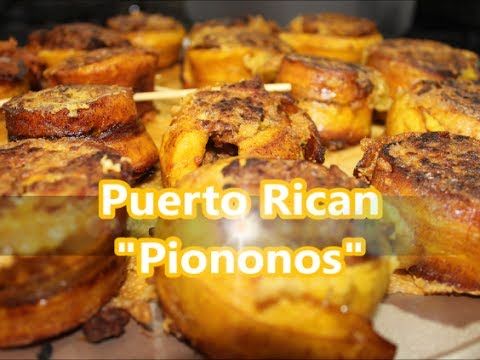 He walks around musical drawing rooms and salons and presents his work there.
He walks around musical drawing rooms and salons and presents his work there.
🎹 In Paris, de Falla performs “4 Spanish Pieces for Piano”. The first – “Aragonesa”, that is, “Aragonese” – combines the texture of the Aragonese jota. Here we immediately recall Glinka and his “Jota of Aragon”, whose interesting tonal plan is either inspired by Debussy or very similar.
🎶 Of course, there is no development in the play “Aragonesa” – these are all variations, and the variations are not developing, and the same theme is carried out in different voices until the end of the work. It’s like a ray of light that plays on the surface of the water: waves or ripples can go in completely different ways, but the ray of light remains the same – so is the theme of “Aragonese”.
→ Manuel de Falla. “Aragonesa”
Audio example on YouTube
⏱ Listening time: 00:00–03:00
→ Mikhail Glinka. “Jota aragonesa”
Audio example on YouTube
⏱ Listening time: 9 minutes
🎵 The second piece is called “Cubana”, that is, “Cuban”. It is associated with the dance melodies and rhythms of Cuba, which was under Spanish rule almost until the end of 19century. In the 1890s, popular dissatisfaction with Spanish rule led to numerous uprisings. They resulted in the Cuban War of Independence, which gradually flowed into the Spanish-American War. The United States won it, they got Cuba, Puerto Rico and the Philippines, and Spain was forced to accept the loss. Formally, Cuba did not become a territory of the United States, but became dependent on them, and until that moment the interpenetration of folk cultures was quite lively, despite the fact that they were separated by an ocean.
It is associated with the dance melodies and rhythms of Cuba, which was under Spanish rule almost until the end of 19century. In the 1890s, popular dissatisfaction with Spanish rule led to numerous uprisings. They resulted in the Cuban War of Independence, which gradually flowed into the Spanish-American War. The United States won it, they got Cuba, Puerto Rico and the Philippines, and Spain was forced to accept the loss. Formally, Cuba did not become a territory of the United States, but became dependent on them, and until that moment the interpenetration of folk cultures was quite lively, despite the fact that they were separated by an ocean.
🏝 This is a very calm piece, which is written in either 3/4 or 6/8 rhythm. This is not even a dance, but rather a recollection of a dance – a measured swaying, a series of images that rustle like palm leaves outside the window under the hot south wind.
→ Manuel de Falla. “Cubana”
Audio example on YouTube
⏱ Listening time: 03:03–07:03
Telegram channel
Level One
Inspirational posts, new launches and subscriber-only gifts
subscribe
🎵 The third piece is called “Montañesa”, that is, “Landscape”. It is not tied to a specific geography – it is a mountainous Spanish landscape, and the music itself bears traces of Andalusian flamenco.
It is not tied to a specific geography – it is a mountainous Spanish landscape, and the music itself bears traces of Andalusian flamenco.
⛰ This is expressed both in the melody , and in the fact that in the bass the quarters should be well marked and highlighted, but if you look at the notes, then in the melody written in quarters, in its highest voice you can see the silhouette of a rather gentle mountain landscape.
→ Manuel de Falla. “Montañesa”
Audio example on YouTube
⏱ Listening time: 07:03–11:16
🎵 The fourth piece – “Andaluza”, that is, “Andalusian” – is perhaps the most famous and performed of all four. It is full of interesting complex and sometimes dissonant intervals. It has an unstable, rather bizarre rhythm, which, although it changes, is constant in these changes and gives a sense of internal movement.
👤 When de Falla lived in Paris, he moved in musical circles and traveled around Europe, trying to break through the production of “La vida breve”. He succeeded, but then the First World War began, in which Spain remained neutral, which allowed it to make a rather big breakthrough in technological development. After the outbreak of the war, de Falla had to return to Madrid.
He succeeded, but then the First World War began, in which Spain remained neutral, which allowed it to make a rather big breakthrough in technological development. After the outbreak of the war, de Falla had to return to Madrid.
→ Manuel de Falla. “Andaluza”
Audio example on YouTube
⏱ Listening time: 11:18–15:39
Level One course
How music works
A course of 5 lectures that will help you look at music from a scientific point of view. We will give answers to “simple questions”: how notes, chords and keys are arranged and why we like one music, and another causes discomfort. And at the same time we will understand what Pythagoras, Bach and Morgenstern have in common, and what the music of the future will be like.
Today you can buy with a 50% discount
3500₽
1750₽
more about the course
Jesus Maria Sanroma – Puerto Rican pianist
| Puerto Rican pianist Name: Jesus |
The father of the future pianist, José María Sanromá, was born in Barcelona, Spain (Barcelona, Spain), studied at the Jesuit seminary, but did not become a priest.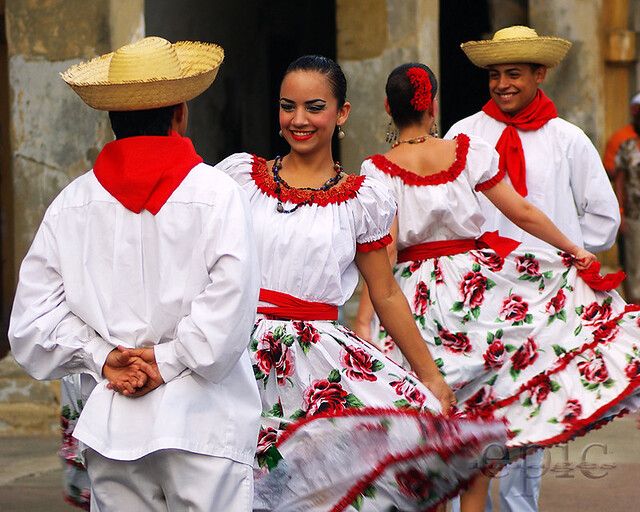 After graduating from the seminary, he took up political journalism and wrote for newspapers, including on elections. The Spanish government paid him the road to Puerto Rico (Puerto Rico), José Maria settled first in Carolina (Carolina), then in Fajardo (Fajardo).
After graduating from the seminary, he took up political journalism and wrote for newspapers, including on elections. The Spanish government paid him the road to Puerto Rico (Puerto Rico), José Maria settled first in Carolina (Carolina), then in Fajardo (Fajardo).
In 1894 he married his mistress, Maria Torra del la Riba, by proxy, and when she married, she was able to move in with him, and they had two sons, Juan Bautista Sanromá in 1899 and Jesus Maria on November 7, 1902, both in Carolina. My father earned his living by teaching and writing newspaper articles. Jesus Maria started playing his father’s piano quite early, his parents noticed his musical abilities and sent him to a local music school.
In 1913, at the age of 11, Jesus Maria made his debut on the stage of the Fajardo Municipal Theater.
In January 1916 Sanroma made his debut in San Juan, the capital of Puerto Rico. Among the listeners was journalist, poet and politician Jose de Diego, who was so impressed with the boy’s talent that he persuaded the government to give Jesús a grant of $600 so that he could continue his musical education in the United States (United States). Sanroma entered the New England Conservatory of Music (NEC) in Boston, Massachusetts (Boston, Massachusetts), and graduated at 1920, being awarded an award sponsored by ‘Mason and Hamlin’, a piano manufacturer. Shortly after graduation, Jesus became the official pianist of the Boston Symphony Orchestra (Boston Symphony Orchestra) and the first person to be so honored.
Sanroma entered the New England Conservatory of Music (NEC) in Boston, Massachusetts (Boston, Massachusetts), and graduated at 1920, being awarded an award sponsored by ‘Mason and Hamlin’, a piano manufacturer. Shortly after graduation, Jesus became the official pianist of the Boston Symphony Orchestra (Boston Symphony Orchestra) and the first person to be so honored.
Sanroma worked with various composers, including Igor Stravinsky and Sergei Prokofiev, but it was Arthur Fiedler, the future conductor of the Boston Pops Orchestra, a division of the Boston Symphony, who specializes in the performance of light classical and popular music, became the musician with whom Jesus had a creative relationship for many years. Sanroma soloed on the first recording of George Gershwin’s Rhapsody in Blue conducted by Fiedler on July 1935 years old. He served with the orchestra for over 20 years and has since worked and recorded with composers such as Pablo Casals and Leonard Bernstein.
In 1952, the pianist returned to Puerto Rico and took up a position as musical consultant to the Department of Music at the University of Puerto Rico.